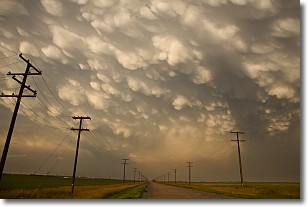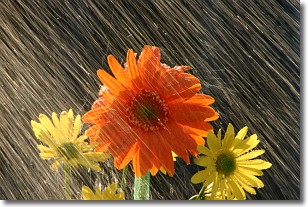Weather Alert in Washington
Fire Weather Watch issued June 30 at 2:17PM PDT until July 2 at 9:00PM PDT by NWS Spokane WA
AREAS AFFECTED: Okanogan Valley; Central Washington Cascade Foothills; Waterville Plateau; Western Columbia Basin
DESCRIPTION: The National Weather Service in Spokane has issued a Fire Weather Watch for wind and low relative humidity, which is in effect from Wednesday afternoon through Wednesday evening. * Affected Area: Okanogan Valley (Zone 703), Foothills of Central Washington Cascades (Zone 705), Waterville Plateau (Zone 706) and Western Columbia Basin (Zone 707). * Winds: For the Wenatchee area and Waterville Plateau: West 15 to 25 mph with gusts up to 40 mph. For the Okanogan Valley and Western Columbia Basin West to Southwest 10 to 20 mph with gusts up to 30 mph. * Relative Humidities: 11 to 19 percent. * Impacts: Rapid fire spread is possible with any new fire starts.
INSTRUCTION: A Fire Weather Watch means that critical fire weather conditions are forecast to occur. Listen for later forecasts and possible Red Flag Warnings.
Want more detail? Get the Complete 7 Day and Night Detailed Forecast!
Current U.S. National Radar--Current
The Current National Weather Radar is shown below with a UTC Time (subtract 5 hours from UTC to get Eastern Time).

National Weather Forecast--Current
The Current National Weather Forecast and National Weather Map are shown below.

National Weather Forecast for Tomorrow
Tomorrow National Weather Forecast and Tomorrow National Weather Map are show below.

North America Water Vapor (Moisture)
This map shows recent moisture content over North America. Bright and colored areas show high moisture (ie, clouds); brown indicates very little moisture present; black indicates no moisture.

Weather Topic: What are Mammatus Clouds?
Home - Education - Cloud Types - Mammatus Clouds
 Next Topic: Nimbostratus Clouds
Next Topic: Nimbostratus Clouds
A mammatus cloud is a cloud with a unique feature which resembles
a web of pouches hanging along the base of the cloud.
In the United States, mammatus clouds tend to form in the warmer months, commonly
in the Midwest and eastern regions.
While they usually form at the bottom of a cumulonimbis cloud, they can also form
under altostratus, altocumulus, stratocumulus, and cirrus clouds. Mammatus clouds
warn that severe weather is close.
Next Topic: Nimbostratus Clouds
Weather Topic: What is Precipitation?
Home - Education - Precipitation - Precipitation
 Next Topic: Rain
Next Topic: Rain
Precipitation can refer to many different forms of water that
may fall from clouds. Precipitation occurs after a cloud has become saturated to
the point where its water particles are more dense than the air below the cloud.
In most cases, precipitation will reach the ground, but it is not uncommon for
precipitation to evaporate before it reaches the earth's surface.
When precipitation evaporates before it contacts the ground it is called Virga.
Graupel, hail, sleet, rain, drizzle, and snow are forms of precipitation, but fog
and mist are not considered precipitation because the water vapor which
constitutes them isn't dense enough to fall to the ground.
Next Topic: Rain
Current conditions powered by WeatherAPI.com




